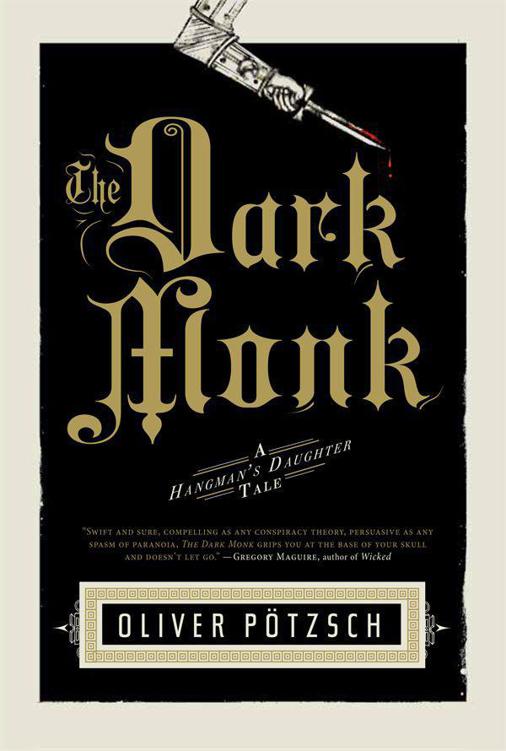
The Dark Monk PDF
Preview The Dark Monk
The brutality and ignorance of 17th-century Bavaria serves as the backdrop for Pötzsch's thrilling second whodunit featuring an unlikely trio of sleuths (after 2011's The Hangman's Daughter). When the parish priest, Andreas Koppmeyer, eats some poisoned doughnuts after sealing up a mysterious something in his church basement, he manages to scratch a mark on the frost covering a gravestone as he expires. Figuring out what that dying clue means and who doctored the pastries falls to Altenstadt hangman Jakob Kuisl; his daughter, Magdalena, an apprentice midwife; and her suitor, Simon Fronwieser, a doctor's son. Fronwieser links a Latin phrase seen in a crypt with the Templars, raising the possibility that Koppmeyer stumbled on a secret relating to that shadowy society. Meanwhile, the depredations of a gang of robbers threaten local commerce. Fans of Michael Gregorio's early 19th-century Prussian series (Unholy Awakening, etc.) will find a lot to enjoy.
From BooklistOriginally published in Germany in 2009, this sequel to The Hangman’s Daughter begins in January 1660 with the murder of a priest and takes readers on a wild adventure to uncover the secret of a long-hidden (and possibly mythical) treasure of the Knights Templar. Potzsch does an excellent job of plunking the reader down in seventeenth-century Germany; Jakob Kuisl, the town hangman, and his daughter, Magdalena, don’t seem like made-up characters in a fictional landscape but, rather, like real people in a real place (in fact, the Kuisl family of executioners actually existed, and Potzsch is descended from them). The author supplies enough historical detail to give readers a good sense of the time and place but not too much to risk boring them with unnecessary details. Readers will also appreciate the nice balance between drama, suspense, and humor: this is a serious story, Potzsch seems to be saying, but it's OK to have some fun with it. At least two more books in the series are forthcoming, and they will be most welcome.
